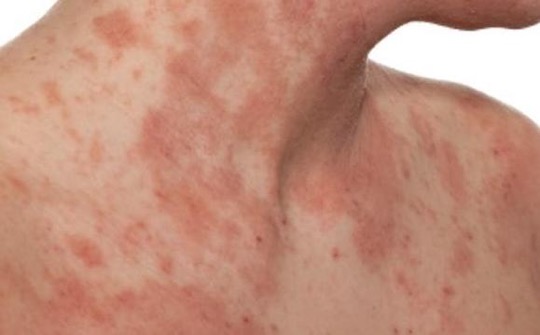- 0 332 350 37 67
- bilgi@ezgiulu.com.tr
Fungal Diseases

Fungal Diseases
Fungal infections (Mycoses), which are widely seen in society and one of the most common skin diseases, can easily be transmitted from person to person. It is more common in men and older people than in women and young people.
Fungi love moist body parts and therefore cause infection, especially between the toes. Apart from this, involvement can also be seen in other body parts such as nails, hair, beard, genital area and armpit.
Fungal infections are caused by yeast and mold fungi. Classic symptoms of fungal infections include skin itching, redness and dandruff formation. Color change may also be seen in the affected areas. Secondary bacterial infections may also be added to the table due to micro injuries that occur on the skin after intense scratching.
Scalp fungi are usually seen in children, individuals with suppressed immune systems, diabetic patients and people who have pets in their homes. Affected hair is dull and brittle and tends to break off and fall out. In advanced cases that are not treated, local hair loss (alopecia) occurs.
How are fungi transmitted?
Fungi multiply by forming structures called spores. Infection is transmitted from person to person or from animal to person through direct contact or indirect means (such as shared contaminated items). Therefore, animals with suspicious lesions need to be identified and treated.
After the pathogenic fungus settles in a suitable place in the body, it multiplies in the form of filaments (hyphae) and descends from the skin surface into the deep tissues, forming fungal networks (mycelium). The infection is easily transmitted to other parts of the body and other individuals via fungal spores. Sharing contaminated items (such as clothes, towels) and areas with poor sanitation such as swimming pools, showers and saunas supports the spread of infection.
The use of clothing such as tight shoes, synthetic socks and underwear causes pressure build-up and excessive sweating, creating an ideal breeding ground for fungi.
Why is diagnosis important?
Fungal diseases require long-term treatment. If the infection is recognized early and treated correctly, recovery occurs quickly. This prevents it from being transmitted to other parts of the body and other people. Fungal infection is difficult to distinguish clinically from other skin diseases. Therefore, laboratory tests are used to support the diagnosis.

